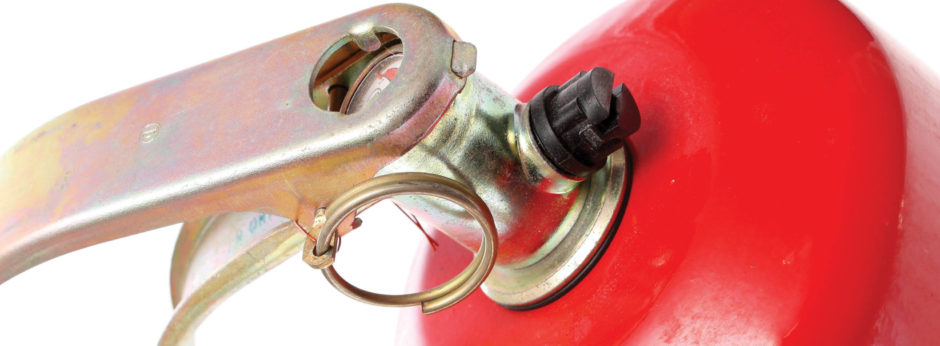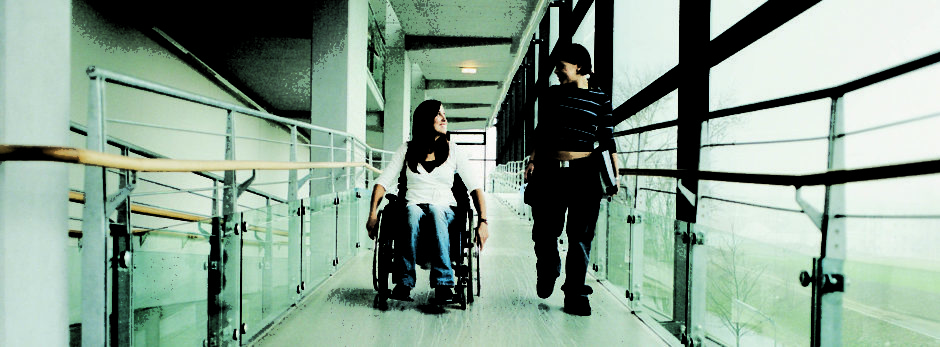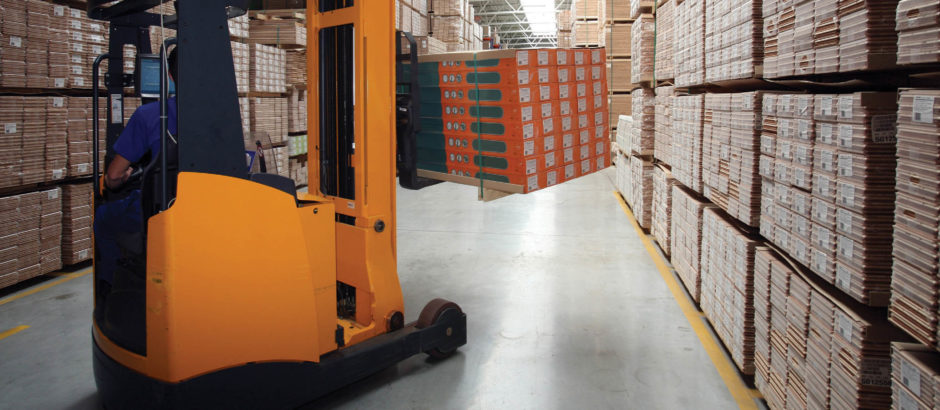Control Joints (part 2)
Finishes will often crack because no consideration has been given to the structure underlying the finishes zone.
Finishes will often crack because no consideration has been given to the structure underlying the finishes zone.
Control joints are small gaps formed in floors and walls to allow localised movements that arise from drying shrinkage, thermal gain/loss and creep.

It is essential to waterproof some joints, particularly those that are used in the external envelope of a structure where driven rain and pooling of water are likely. Expansion joints that are used externally and those that are likely to be subjected to ‘wet wash-down’ such as in manufacturing facilities should be waterproofed. Some ranges of joints […]
What are the differences between Expansion – and Movement Control Joints?

It is vitally important that building designers consider placing fire barriers beneath expansion joints where that jointing system breaches fire compartment floors, walls and ceilings. Expansion Joints are physical breaks in the continuity of construction and, as such, pass through floors, walls and ceilings. In the event of fire these expansion gaps act as a chimney […]

Specifiers often overlook the fact that expansion joints in floors can fail to meet the demands of current international Disability legislation. Accessibility and International Disability Legislation Three pieces of Disability legislation serve to present the worst case scenario for any designer specifying an expansion joint in a floor. These are respectively the Americans with Disabilities Act (ADA), […]
Types of movement All buildings are subjected to forces which cause them to move. Since the materials of a building do not have sufficient strength to absorb these movements, the building is divided into smaller independent structures. This limits the stress on any one part of the building. It is this movement that expansion Joints […]

The EUROCODES are pan-European design codes comprising 10 design standards, EN 1990 – EN 1999, providing a common approach for the design of buildings and other civil engineering works. They are produced by the European Committee for Standardization, CEN. The Eurocodes The EUROCODES are the recommended means of giving a presumption of conformity with the […]

Understanding the type of traffic that a building will experience is important when it comes to specifying a joint system The nature of traffic moving over expansion joints can have a significant effect upon their longevity; a joint designed for use in a pedestrian area with low traffic frequency will not survive in a warehouse […]

The number of times that a load travels across a jointing system can have significant impact upon the life expectancy of the product. Traffic Frequency Traffic Frequency relates to the maximum number of passes that a load makes across a given joint system per day and has been broken down into 8 groups: TF1 ≤ […]
![]()
Etiam magna arcu, ullamcorper ut pulvinar et, ornare sit amet ligula. Aliquam vitae bibendum lorem. Cras id dui lectus. Pellentesque nec felis tristique urna lacinia sollicitudin ac ac ex. Maecenas mattis faucibus condimentum. Curabitur imperdiet felis at est posuere bibendum. Sed quis nulla tellus.
63739 street lorem ipsum City, Country
+12 (0) 345 678 9
info@company.com
En cours de réalisation

